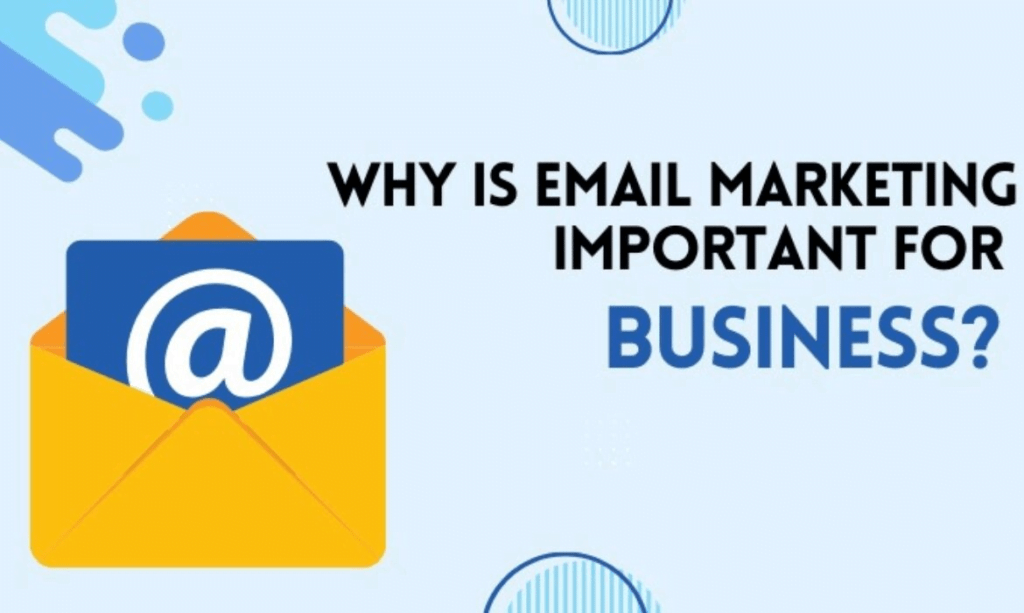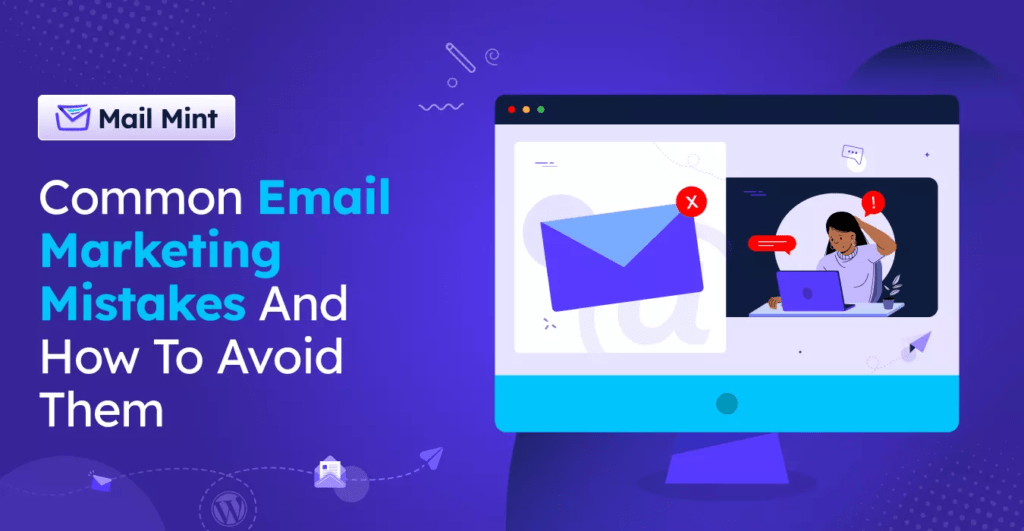Introduction
In the ever-evolving landscape of digital marketing, some may question the relevance of email marketing. However, for UK companies, email marketing remains a powerful and effective tool. It offers a direct line to customers, fosters engagement, and can significantly boost sales. Let’s delve into why email marketing is still crucial and explore proven techniques to ensure your campaigns are successful.

Why Email Marketing Still Matters
Direct Communication with Customers
Email marketing allows businesses to communicate directly with their audience. Unlike social media, where algorithms dictate who sees your content, emails land directly in the recipient’s inbox. This direct access ensures that your message reaches your intended audience, providing an opportunity for personalized engagement.
Cost-Effective Marketing Solution
Compared to other marketing channels, email marketing is incredibly cost-effective. There are no printing costs, postage fees, or high advertising rates. With the right strategy, even small businesses can execute successful email campaigns on a limited budget, making it an attractive option for UK companies looking to maximize their marketing spend.
High ROI Compared to Other Channels
Email marketing consistently delivers a high return on investment (ROI). According to various studies, the ROI for email marketing can be as high as $42 for every $1 spent. This impressive figure underscores its effectiveness and value, especially when compared to other marketing strategies like PPC or social media advertising.
Proven Techniques for Successful Email Campaigns
Building a Quality Email List
A successful email campaign starts with a high-quality email list. Focus on gathering email addresses from individuals genuinely interested in your products or services. Use sign-up forms on your website, offer incentives like discounts or free resources, and ensure you comply with GDPR.
Crafting Compelling Subject Lines
The subject line is the first thing your recipients see, making it crucial for capturing their attention. Keep it short, intriguing, and relevant to the content of your email. Personalization, such as including the recipient’s name, can also increase open rates.
Personalizing Email Content
Personalization goes beyond just the subject line. Use data to tailor the content of your emails to individual recipients. Address them by name, refer to their previous purchases or interactions, and offer recommendations based on their preferences. This level of personalization can significantly boost engagement and conversion rates.
Segmenting Your Audience
Not all subscribers are the same, and a one-size-fits-all approach rarely works in email marketing. Segment your audience based on demographics, purchase history, or engagement levels. This allows you to send more targeted and relevant emails, increasing the likelihood of achieving your campaign goals.
Using Responsive Design
With a growing number of people checking emails on their mobile devices, it’s essential to use responsive design. Ensure your emails look great and function well on any device, be it a smartphone, tablet, or desktop. This enhances the user experience and prevents potential customers from bouncing off due to poor email formatting.

High DA Email Campaigns
What is Domain Authority (DA)?
Domain Authority (DA) is a metric developed by Moz that predicts how well a website will rank on search engine result pages (SERPs). A higher DA indicates a stronger presence and a greater likelihood of ranking well.
Importance of High DA in Email Campaigns
High DA is crucial because it reflects the credibility and authority of your domain. Email campaigns that originate from high DA domains are more likely to be trusted by recipients and email service providers, reducing the chances of your emails being marked as spam.
Strategies to Improve DA
Improving your domain authority involves several strategies, including creating high-quality content, building strong backlinks, and ensuring your website is technically sound. Regularly update your content, engage with reputable sites for backlinks, and perform SEO audits to maintain a high DA.
Effective UK Business Email Strategies
Understanding the UK Market
The UK market has its unique characteristics and preferences. Understanding these can help tailor your email marketing strategies to resonate better with your audience. Pay attention to cultural nuances, shopping behaviors, and local events.
Compliance with GDPR
GDPR compliance is non-negotiable for email marketing in the UK. Ensure that your email practices align with GDPR, including obtaining explicit consent from subscribers, providing clear opt-out options, and protecting user data.
Timing and Frequency of Emails
The timing and frequency of your emails can significantly impact their effectiveness. Research shows that emails sent on Tuesdays and Thursdays tend to perform better. However, testing different times and frequencies to see what works best for your audience is crucial.
Leveraging Local Trends and Events
Incorporate local trends and events into your email campaigns. Whether it’s a major sports event, a public holiday, or a local festival, aligning your content with what’s happening around your audience can make your emails more relevant and engaging.
Case Studies of Successful UK Email Campaigns
Retail Industry
A leading UK retailer implemented a segmented email campaign that offered personalized product recommendations based on browsing history. This approach resulted in a 25% increase in click-through rates and a 15% boost in sales.
Financial Services
A UK-based financial services company used email marketing to educate customers about new investment opportunities. By providing valuable insights and timely updates, they saw a 30% increase in customer engagement and a significant uptick in new account sign-ups.
Hospitality Sector
A prominent hotel chain in the UK launched a series of email campaigns promoting exclusive offers and local attractions. These campaigns not only filled rooms during off-peak seasons but also enhanced customer loyalty, with many guests returning for future stays.
Tools and Software for Email Marketing
Top Email Marketing Platforms
Several email marketing platforms can help streamline your campaigns. Mailchimp, Constant Contact, and Campaign Monitor are popular choices, offering features like automation, segmentation, and analytics.
Integrating Email Marketing with CRM
Integrating your email marketing platform with your CRM system can enhance your campaigns. This integration allows for better data management, personalized content, and more effective tracking of customer interactions.
Analyzing Campaign Performance
Regularly analyzing your email campaign performance is crucial. Look at metrics such as open rates, click-through rates, and conversion rates to understand what’s working and what needs improvement. Use this data to refine your strategies and achieve better results.
Common Mistakes to Avoid in Email Marketing

Overlooking Mobile Optimization
Failing to optimize your emails for mobile devices can result in a poor user experience. Ensure your emails are mobile-friendly to reach and engage your audience effectively.
Ignoring Analytics
Ignoring analytics is a missed opportunity to improve your campaigns. Regularly review your performance data to gain insights and make informed decisions.
Sending Too Many Emails
Bombarding your subscribers with too many emails can lead to higher unsubscribe rates. Find the right balance to keep your audience engaged without overwhelming them.
Future Trends in Email Marketing
AI and Automation
AI and automation are set to revolutionize email marketing. From personalized content recommendations to automated workflows, these technologies can make your campaigns more efficient and effective.
Interactive Emails
Interactive emails, such as those with embedded surveys or videos, are gaining popularity. They engage recipients more effectively and can provide valuable feedback.
Integration with Social Media
Integrating email marketing with social media allows for a cohesive marketing strategy. Promote your emails on social platforms and use social media insights to inform your email content.
Conclusion
Email marketing remains a vital tool for UK companies. It offers direct communication with customers, cost-effective solutions, and high ROI. By implementing proven techniques, leveraging high DA, and adapting to the unique characteristics of the UK market, businesses can achieve significant success with their email campaigns. Stay ahead of the curve by avoiding common mistakes and embracing future trends to ensure your email
FAQs
What is the average ROI for email marketing in the UK?
The average ROI for email marketing in the UK can be quite impressive, often reaching up to £38 for every £1 spent. This makes it one of the most cost-effective marketing strategies available.
How often should I send marketing emails to my subscribers?
The optimal frequency for sending marketing emails depends on your audience and industry. Generally, once a week is a good starting point. However, it’s crucial to monitor your engagement metrics and adjust accordingly to avoid overwhelming your subscribers.
What are some examples of successful email marketing campaigns in the UK?
Successful email marketing campaigns in the UK include personalized product recommendations by retailers, educational updates from financial services, and exclusive offers from the hospitality sector. These campaigns often see increased engagement and conversion rates due to their targeted and relevant content.
How can I ensure my email content is GDPR compliant?
To ensure your email content is GDPR compliant, obtain explicit consent from your subscribers, provide clear opt-out options in every email, and protect user data by implementing robust security measures. Additionally, keep thorough records of consents and data processing activities.
What tools are best for email marketing analytics?
Top tools for email marketing analytics include Mailchimp, Constant Contact, and Campaign Monitor. These platforms offer comprehensive analytics features that allow you to track open rates, click-through rates, conversion rates, and other key performance indicators to optimize your campaigns.



